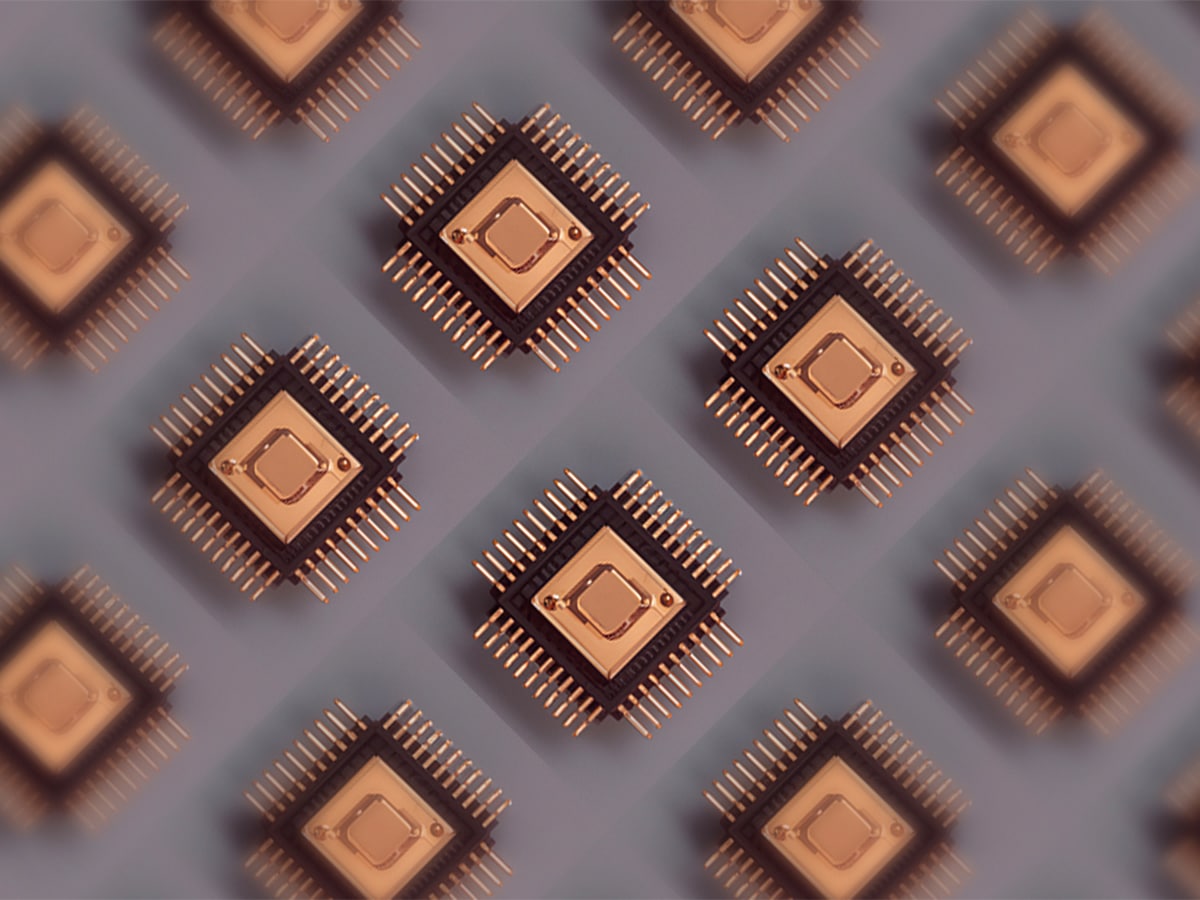
Fabrication incentives from the CHIPS Act of 2022 are expected to contribute to significant growth in the U.S. semiconductor industry in the next 10 years. That growth will spur new demand for fluid transfer and wastewater treatment technologies.
According to the Semiconductor Industry Association (SIA), from the time the CHIPS Act was introduced in the spring of 2020 through the summer of 2022, companies in the semiconductor ecosystem announced more than 40 new projects in the U.S.
Globally, semiconductor manufacturing has already been on an upward trajectory. A 2020 study by SIA and the Boston Consulting Group found that global demand for semiconductor manufacturing capacity is projected to experience a 56% increase by 2030.
Almatec®, a manufacturer of air-operated double-diaphragm pumps (AODD) headquartered in Duisburg, Germany, and a brand of PSG®, a Dover company, Oakbrook Terrace, IL, is already seeing the global ramp-up in semiconductor production.
“Global semiconductor industry revenue has nearly tripled since 2001,” said Marc Bleisteiner, Manager of Marketing & eCommerce for Almatec.
The manufacture of semiconductor chips requires the handling and transfer of several different high-purity chemicals, many of which are toxic or hazardous.
Almatec is on the front lines of these production challenges, having introduced AODD pumping technologies designed to meet the severe demands of fluid transfer and handling in various aspects of semiconductor production. In addition to the need to maintain high flow rates, semiconductor fluid transfer requires the ability to handle:
The tremendous amounts of water used in semiconductor production (it is estimated that a single semiconductor manufacturer can use 5 to 10 million gallons per day) also generate large amounts of wastewater. As such, separating waste streams and recycling and reusing water has become both an environmental and financial imperative.
Historically, both centrifugal and membrane technology have been the go-to solutions for addressing the issue of waste stream separation. Recently, vacuum evaporation has emerged as a popular technology that revolutionized the way waste streams are transformed into sources of value.
Vacuum evaporators offer high levels of separation and consistent distillate/condensate quality, enabling semiconductor manufacturers to turn up to 90% of hazardous wastewater into distilled water that can be reused or discharged to publicly owned treatment works. This capability can significantly lower disposal costs.
Modern vacuum evaporators also offer the added benefit of low energy consumption. Other important features include 24/7 automated operation and corrosion-resistant materials.
To learn more about wastewater treatment technologies for semiconductor fabrication, please visit prab.com.
To learn more about Almatec, please visit psgdover.com/almatec.